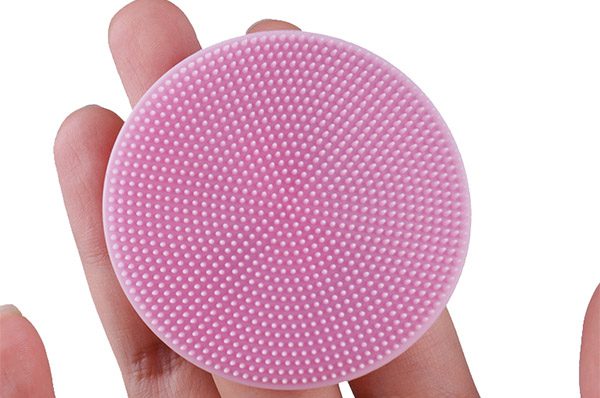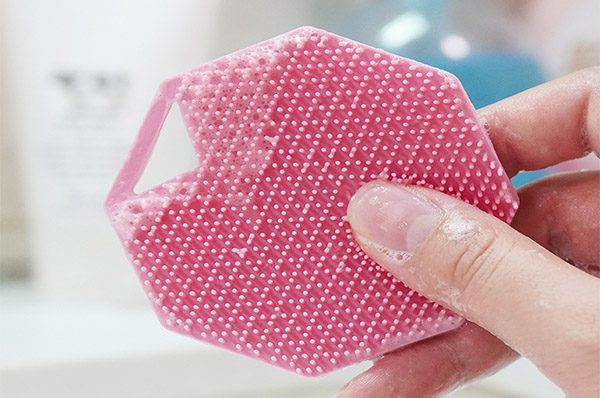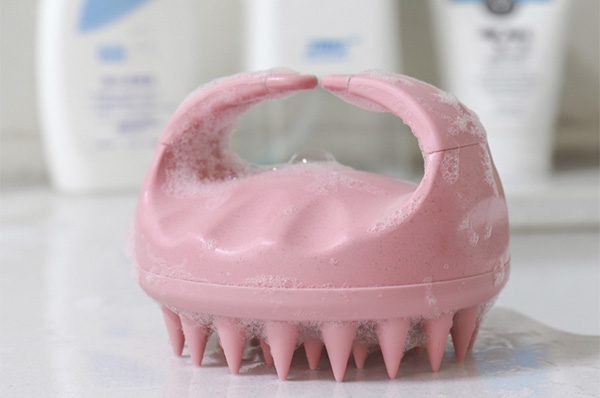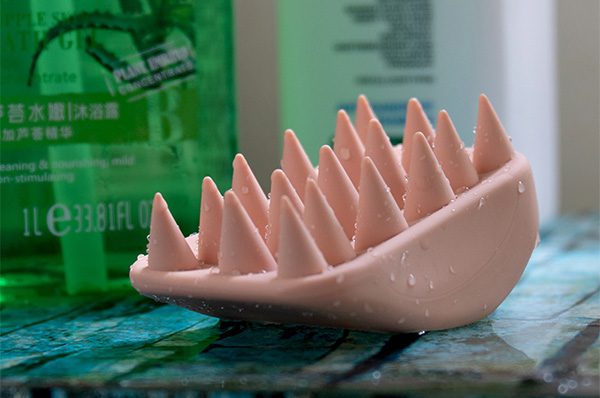- Have any questions?
- +86 19574832024
- admin@beaut-lohas.com
In the world of skincare, exfoliation plays a crucial role in maintaining healthy and glowing skin by removing dead skin cells and unclogging pores. Among the numerous exfoliating tools and products available, the silicone face scrubber has gained significant attention. But does it truly measure up in effectively removing dead skin cells and unclogging pores compared to other options? And what is the best way to use it to achieve optimal exfoliating results?
When it comes to comparing the silicone face scrubber with other exfoliating tools, it has several distinct advantages. Traditional exfoliating scrubs that contain abrasive particles like apricot kernels or microbeads can sometimes be too harsh on the skin, leading to micro-tears and irritation, especially for those with sensitive skin. In contrast, the silicone face scrubber offers a gentler yet effective alternative. The soft, flexible silicone bristles are designed to gently slough off dead skin cells without causing damage to the skin’s delicate surface.
Compared to exfoliating brushes with nylon bristles, silicone face scrubbers are often more hygienic. Silicone is non-porous, which means it doesn’t absorb as much product or bacteria, making it easier to clean thoroughly after each use. This characteristic also contributes to its ability to maintain its exfoliating effectiveness over time.
In terms of unclogging pores, the silicone face scrubber can be quite effective. The gentle massage action provided by the bristles stimulates blood circulation in the skin, which in turn helps to open up the pores. As the scrubber is moved across the face in circular motions, it can dislodge the dirt, oil, and debris that accumulate within the pores, preventing them from becoming clogged and reducing the likelihood of developing blackheads or acne.
However, to achieve the best exfoliating results with a silicone face scrubber, proper usage is key. First and foremost, it’s essential to start with clean, damp skin. Wetting the face softens the skin and allows the scrubber to glide more smoothly across the surface. Apply a small amount of your favorite facial cleanser or a gentle exfoliating gel onto the scrubber or directly onto the face.
Next, hold the scrubber gently and use light, circular motions on the face. Pay particular attention to areas where dead skin cells tend to accumulate more, such as the nose, chin, and forehead. Avoid applying too much pressure, as this can cause unnecessary irritation and may not enhance the exfoliating effect. The key is to let the soft silicone bristles do the work rather than relying on force.
For the cheeks, use even gentler strokes, as the skin in this area is usually thinner and more sensitive. Spend about 30 seconds to a minute on each area of the face, depending on your skin’s tolerance and the level of exfoliation needed.
After exfoliating, rinse the face thoroughly with lukewarm water to remove any loosened dead skin cells and product residue. It’s also important to clean the silicone face scrubber immediately after use. You can simply rinse it under warm running water and gently rub the bristles with your fingers to remove any remaining debris. For a deeper clean, you can soak it in a mixture of mild soap and warm water for a few minutes and then rinse it well.
In conclusion, the silicone face scrubber is indeed an effective tool for removing dead skin cells and unclogging pores when used correctly. Its gentle yet efficient nature makes it a great option for a wide range of skin types. By following the optimal usage steps, you can make the most of this exfoliating tool and enjoy the benefits of smoother, clearer, and healthier-looking skin.




